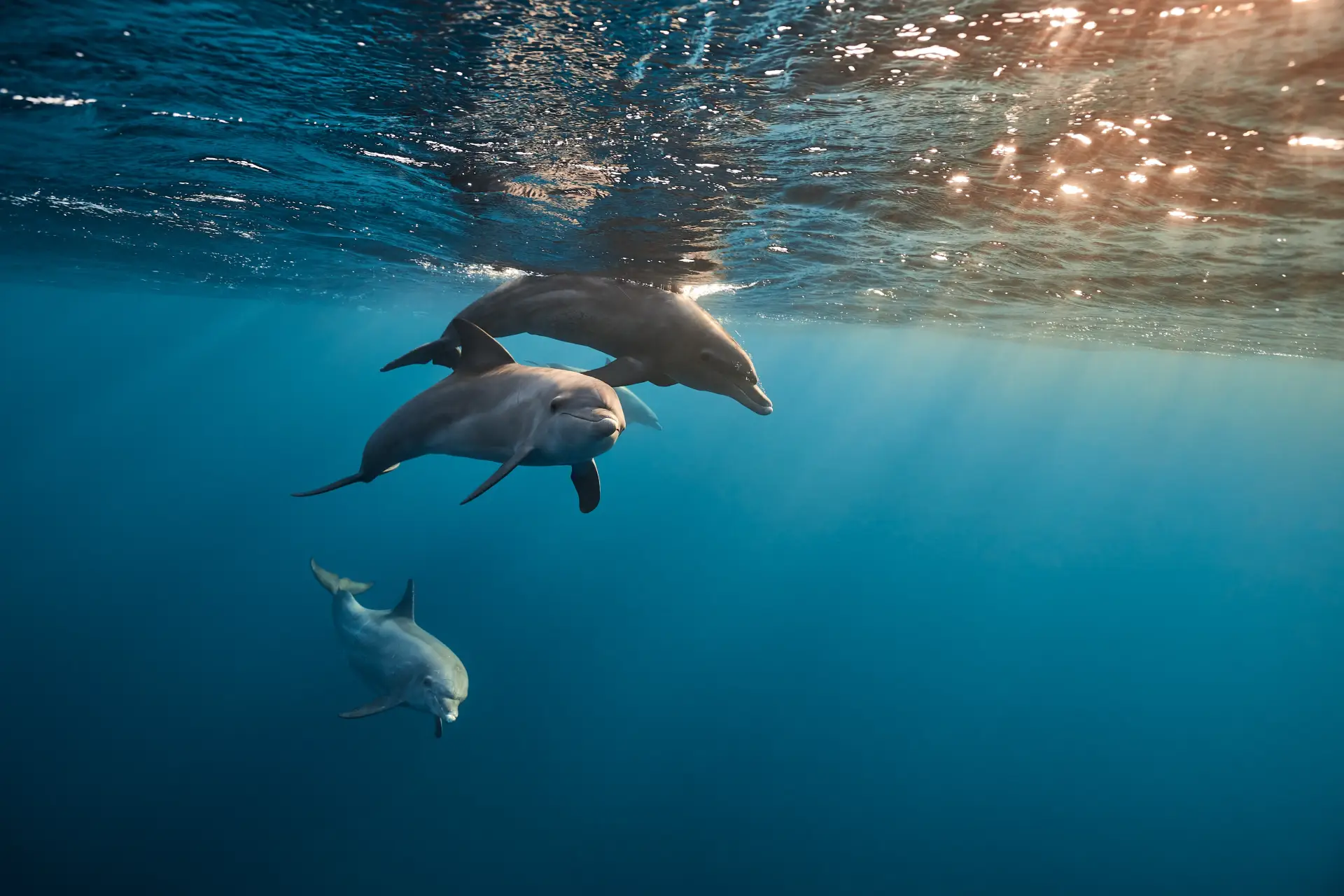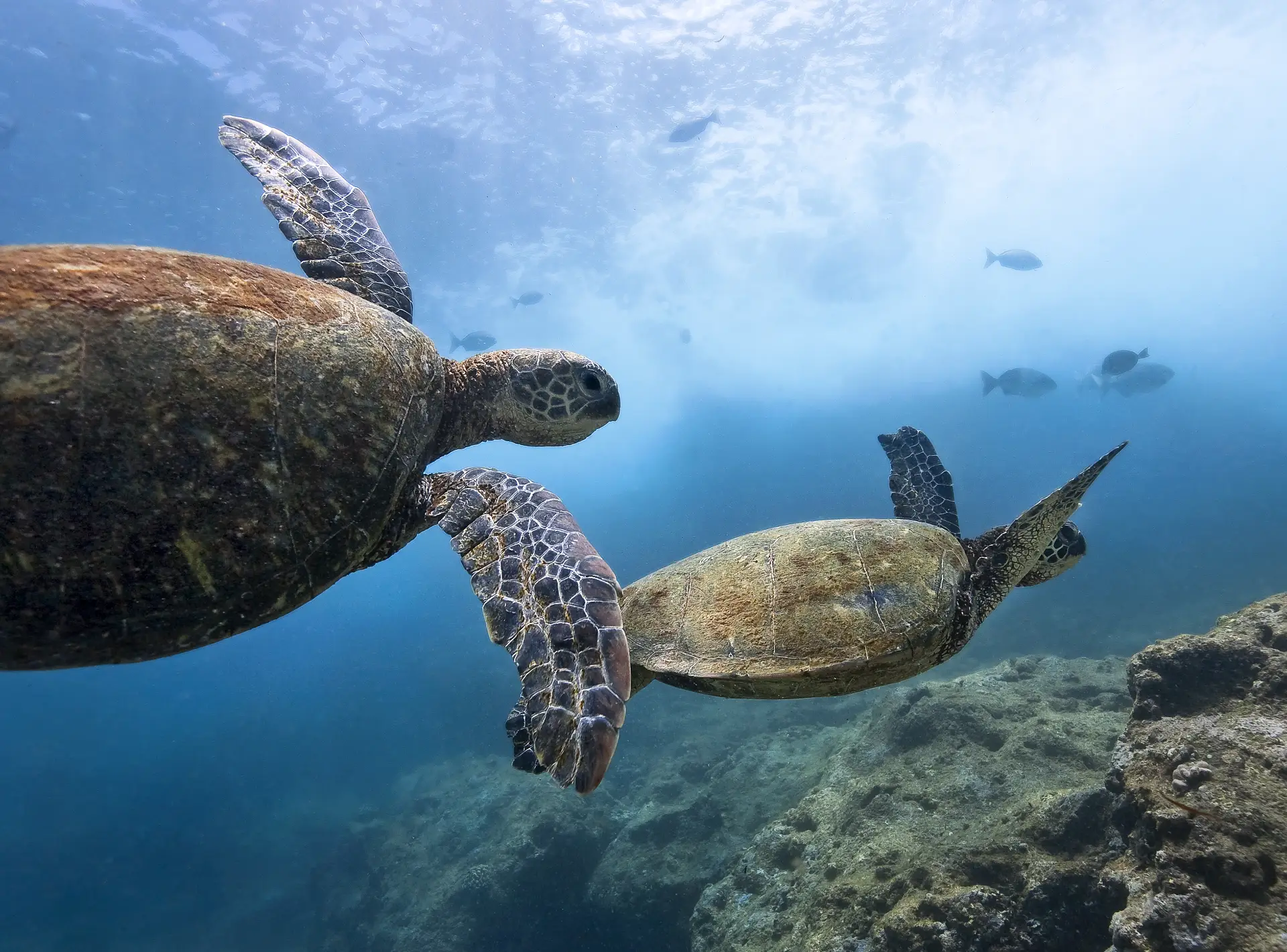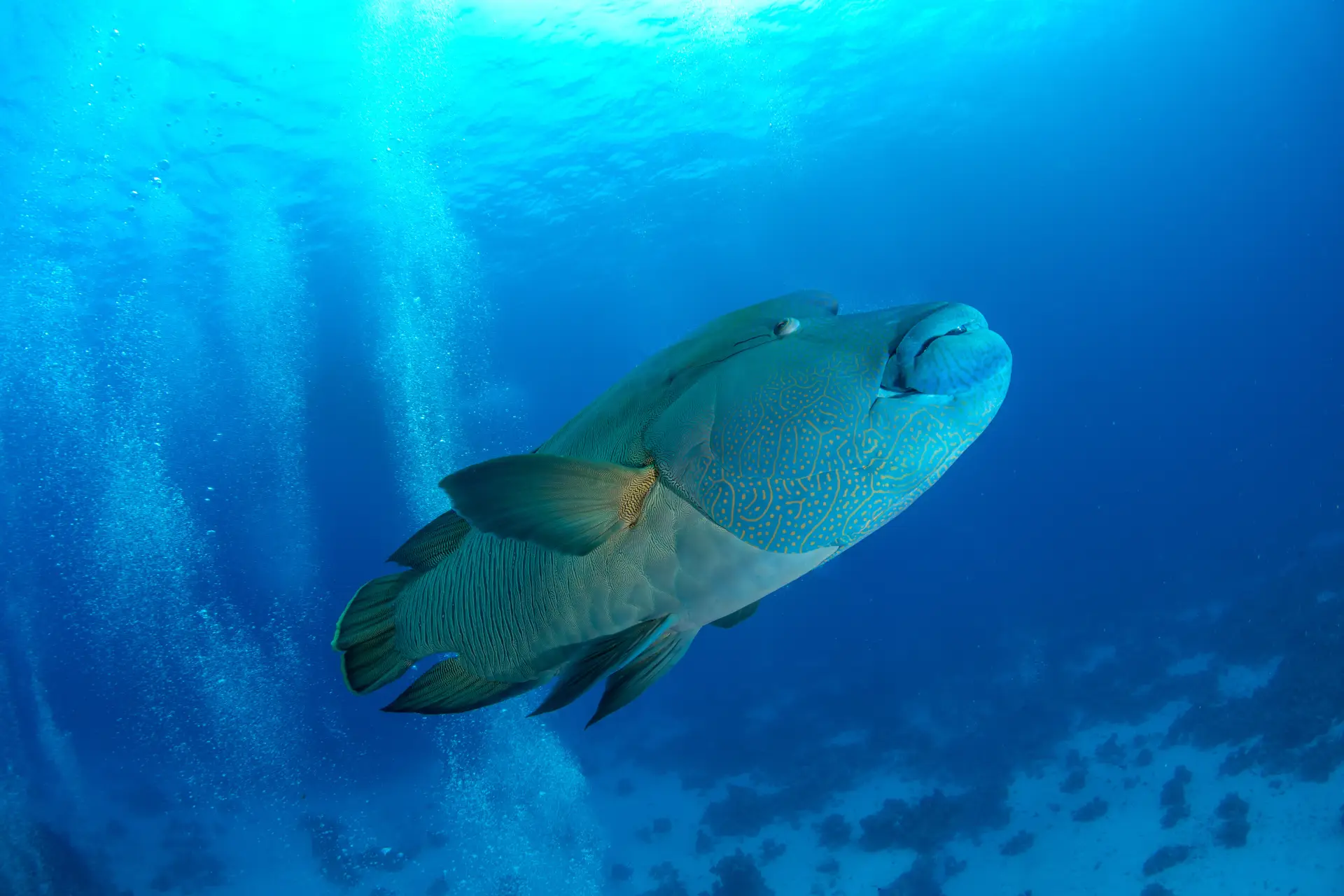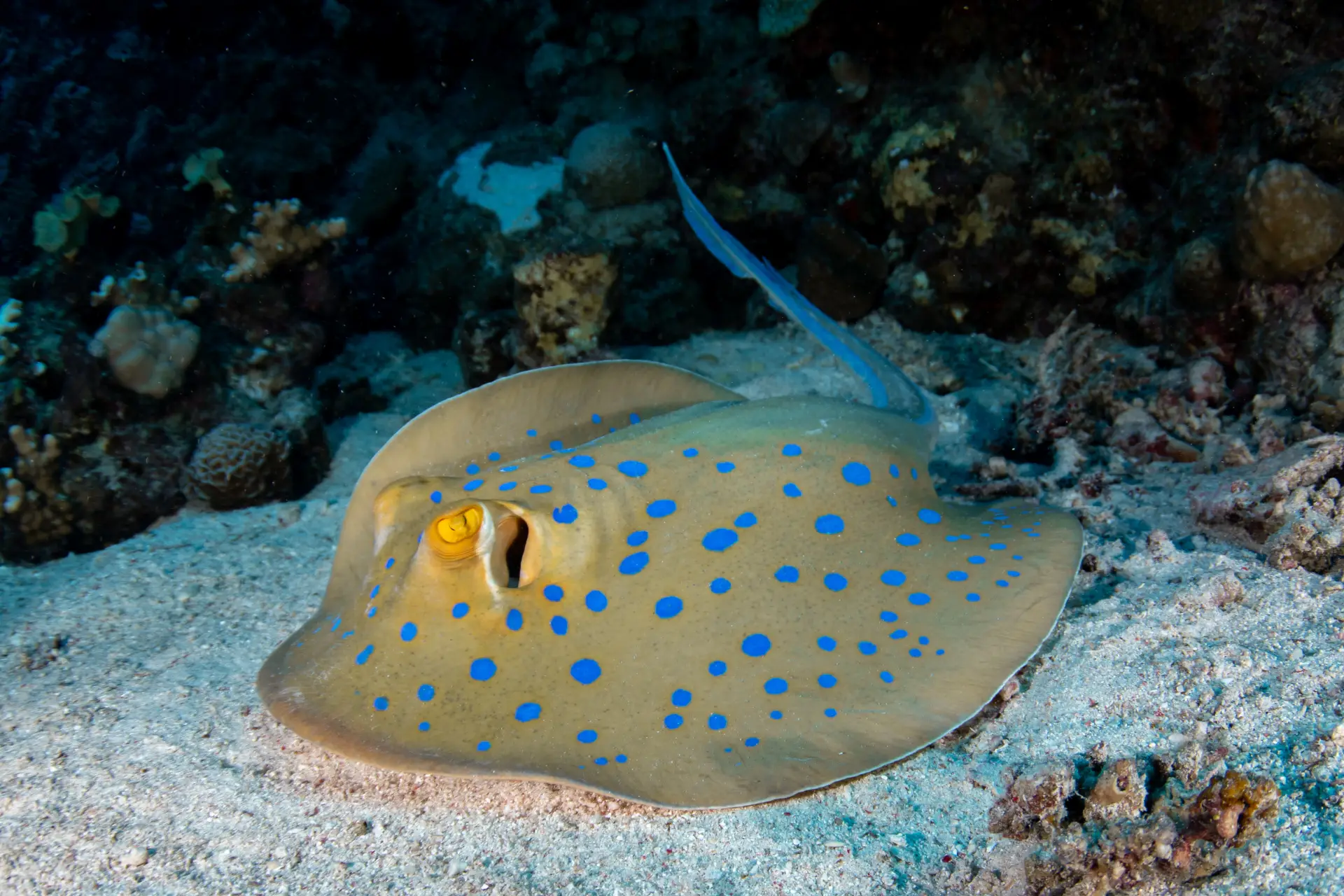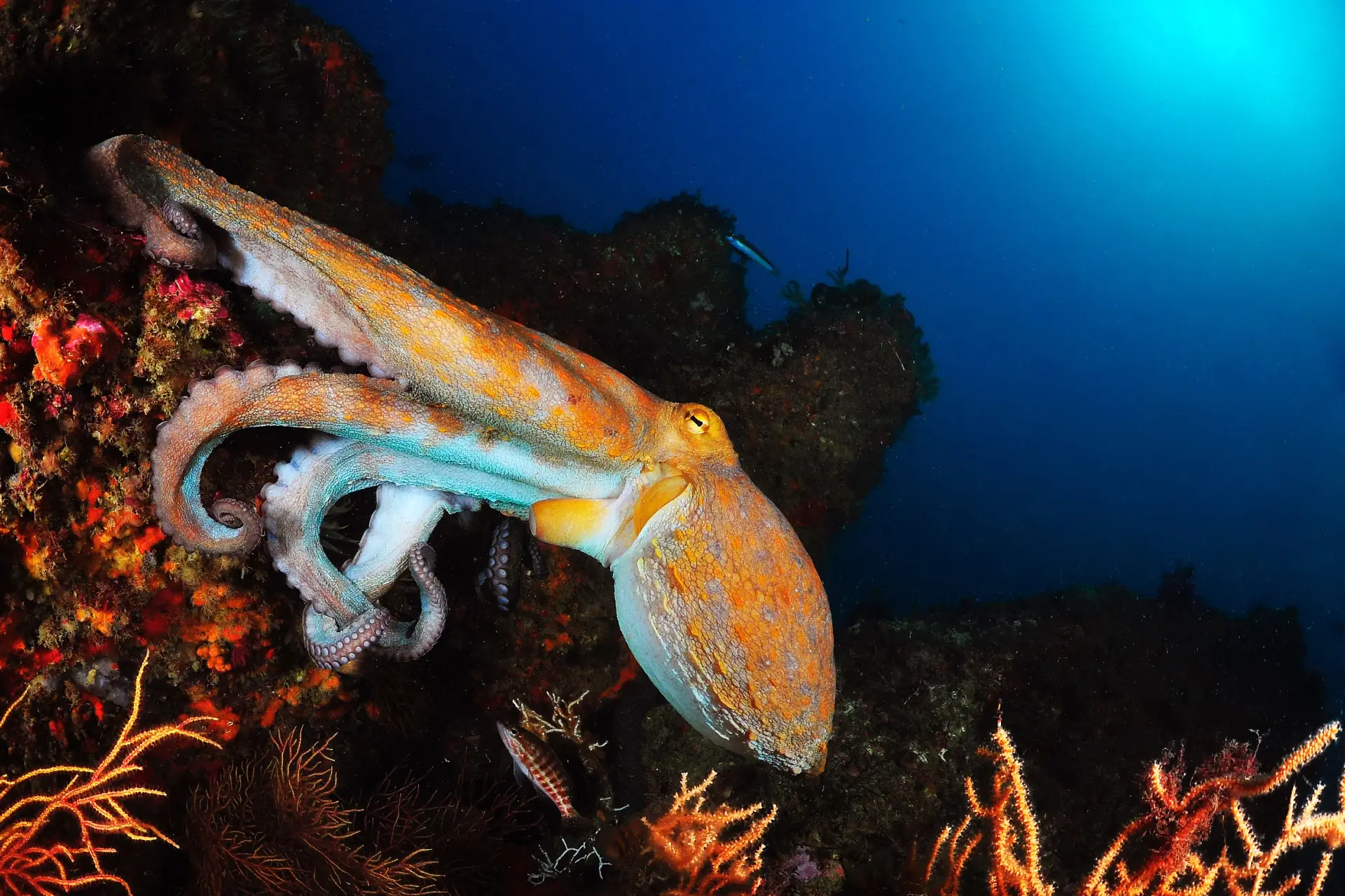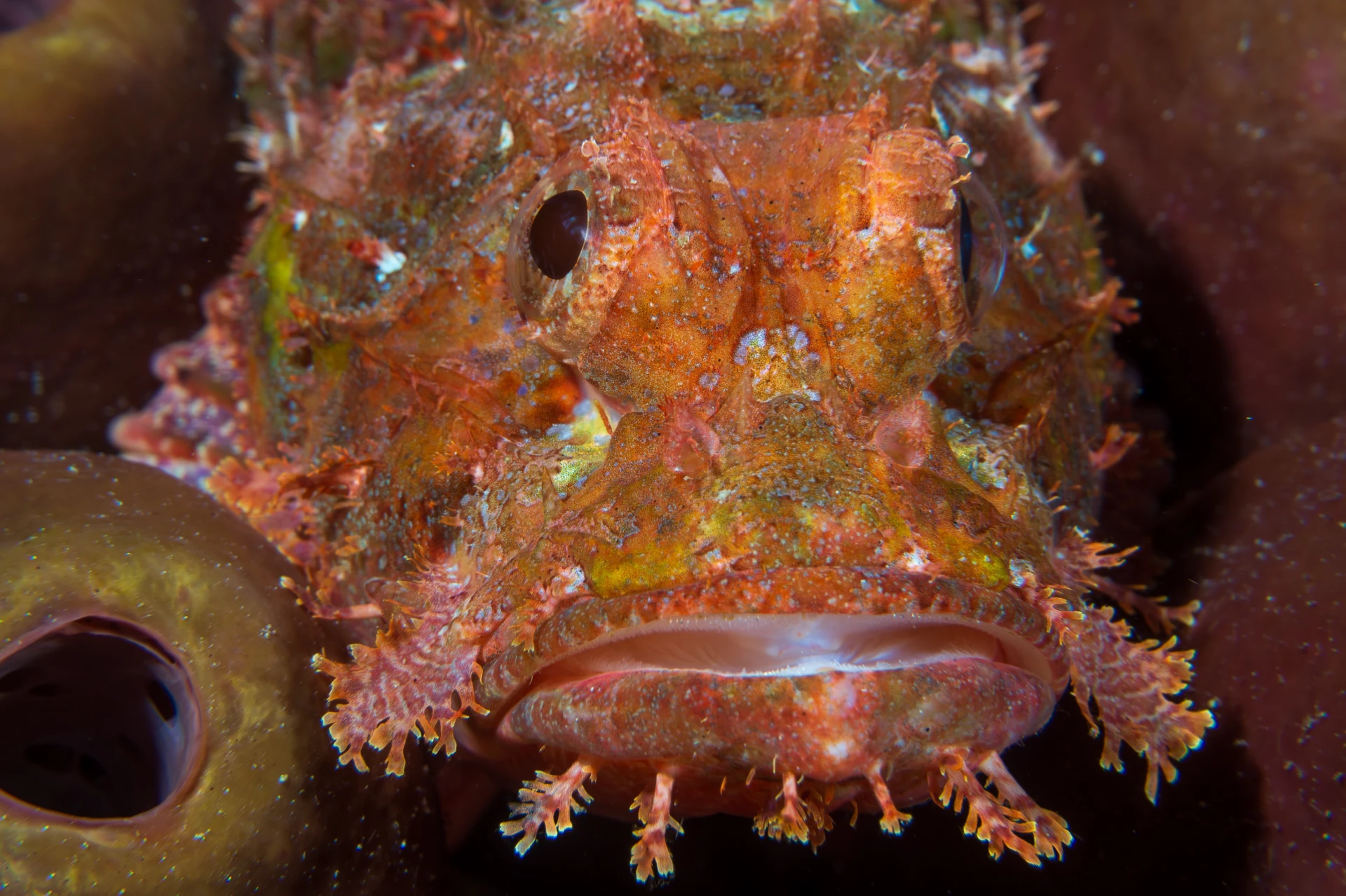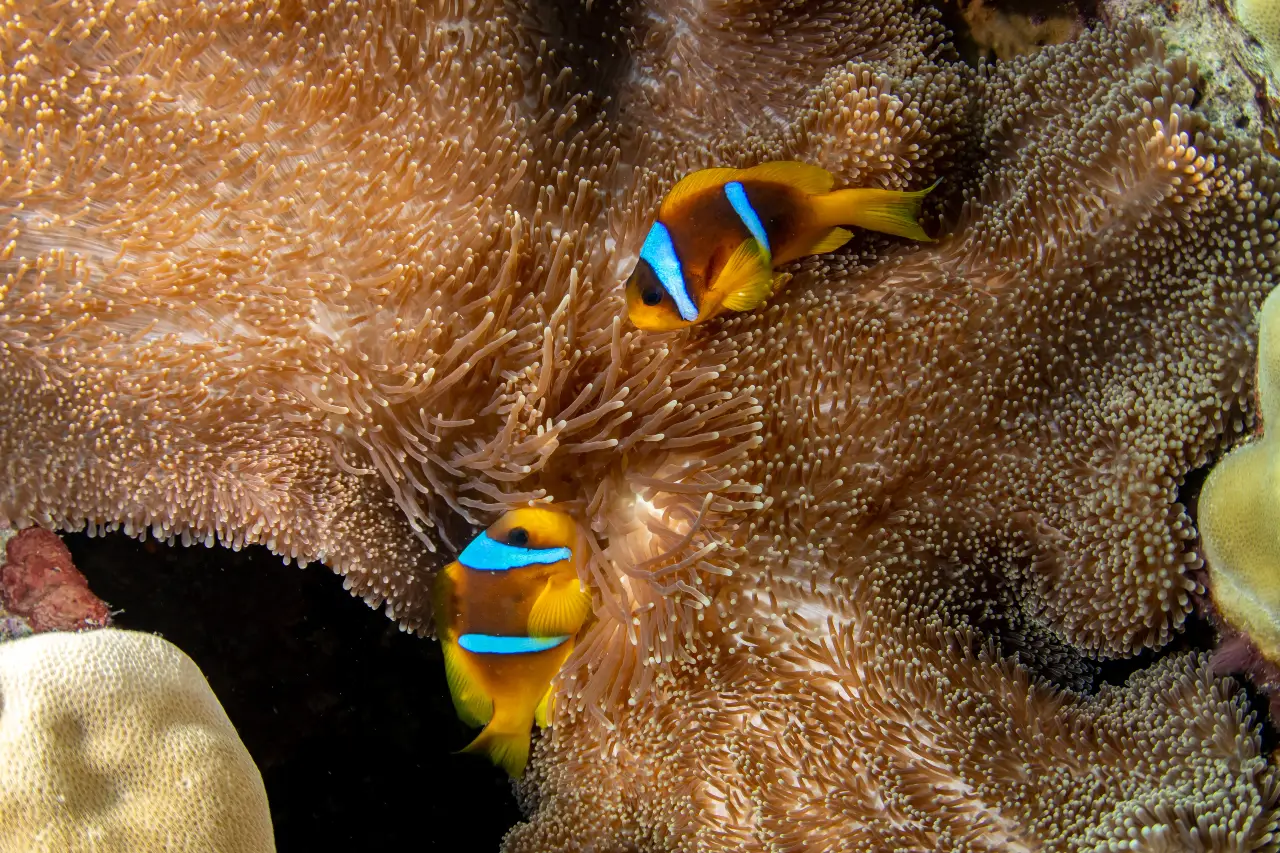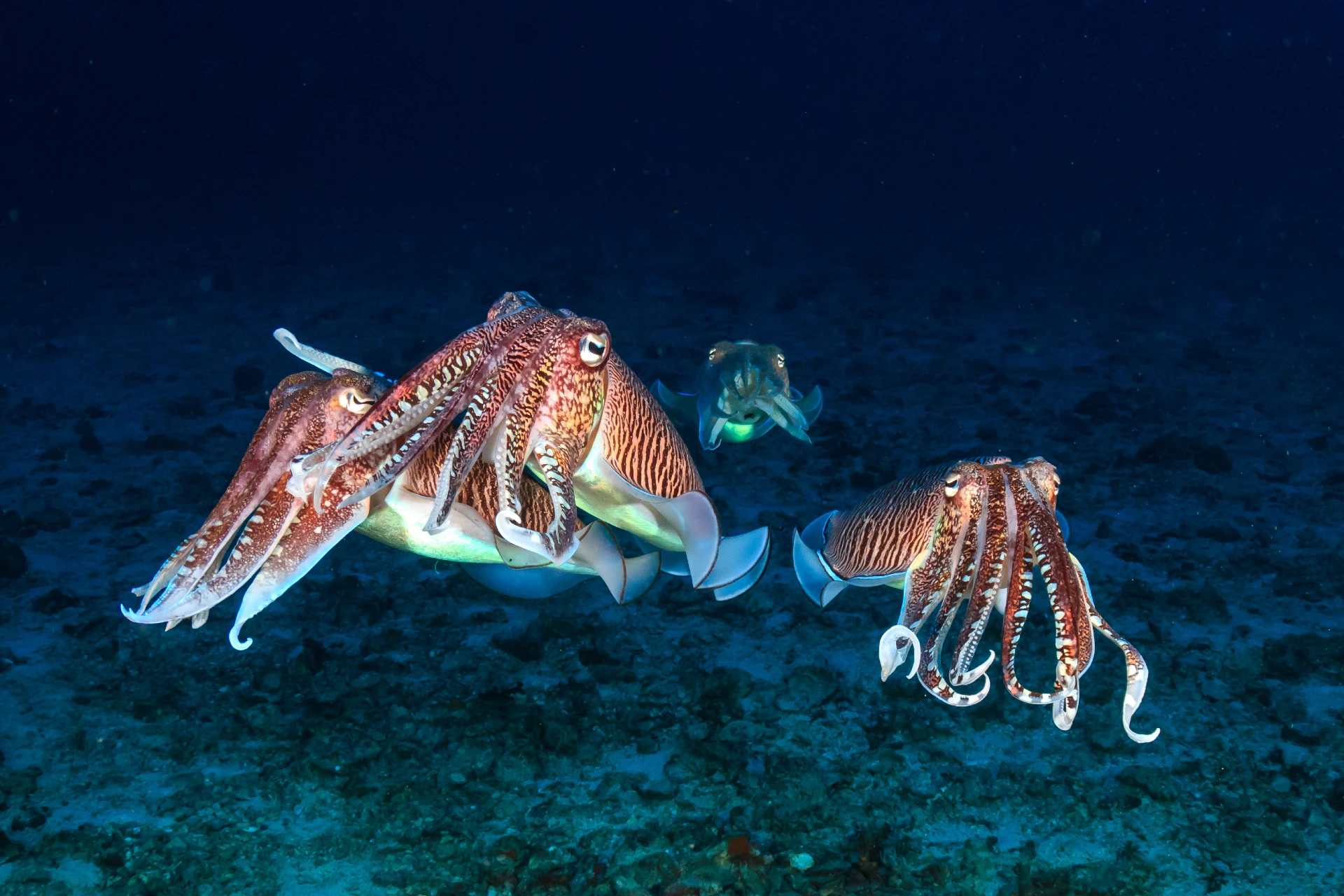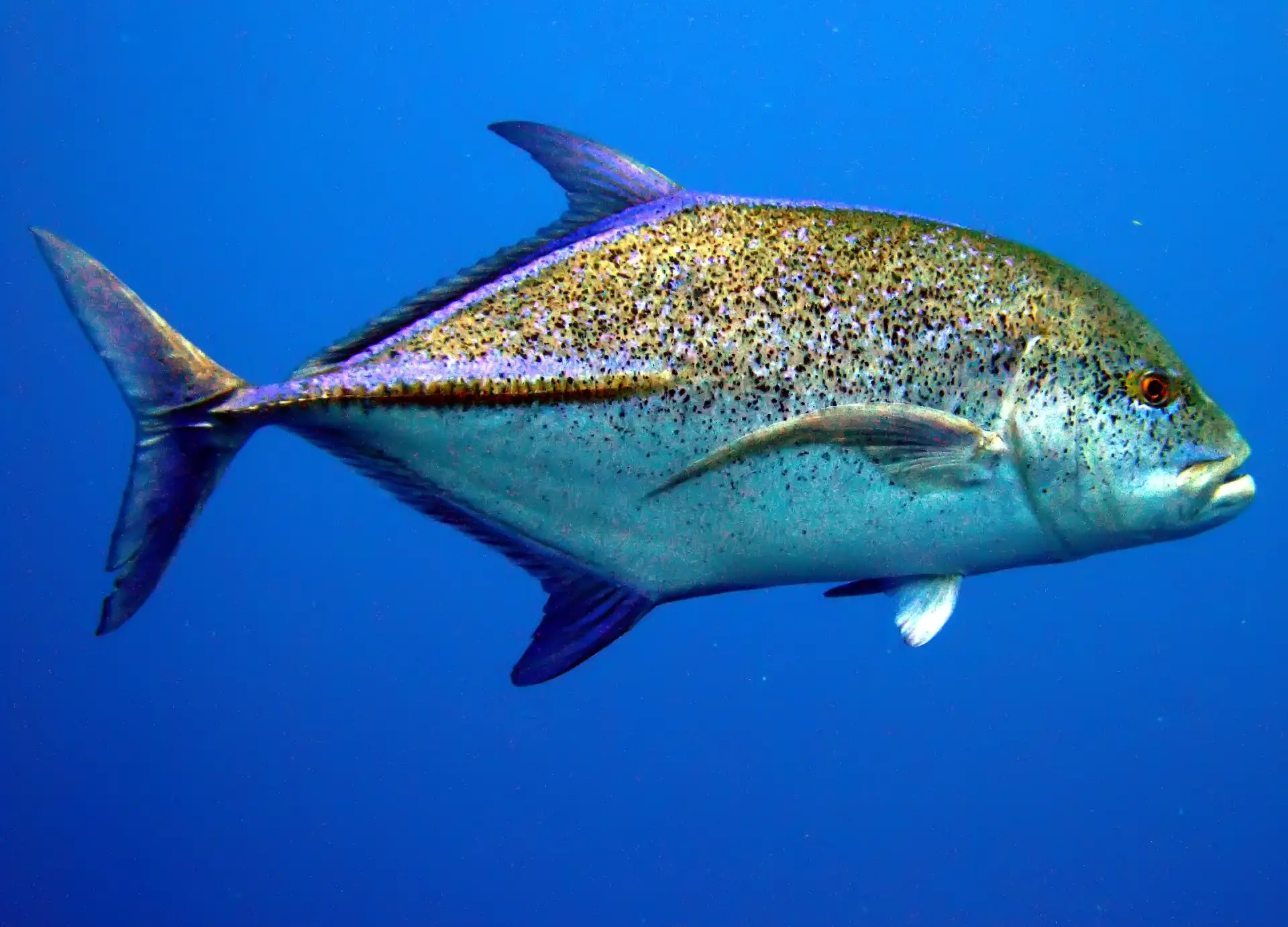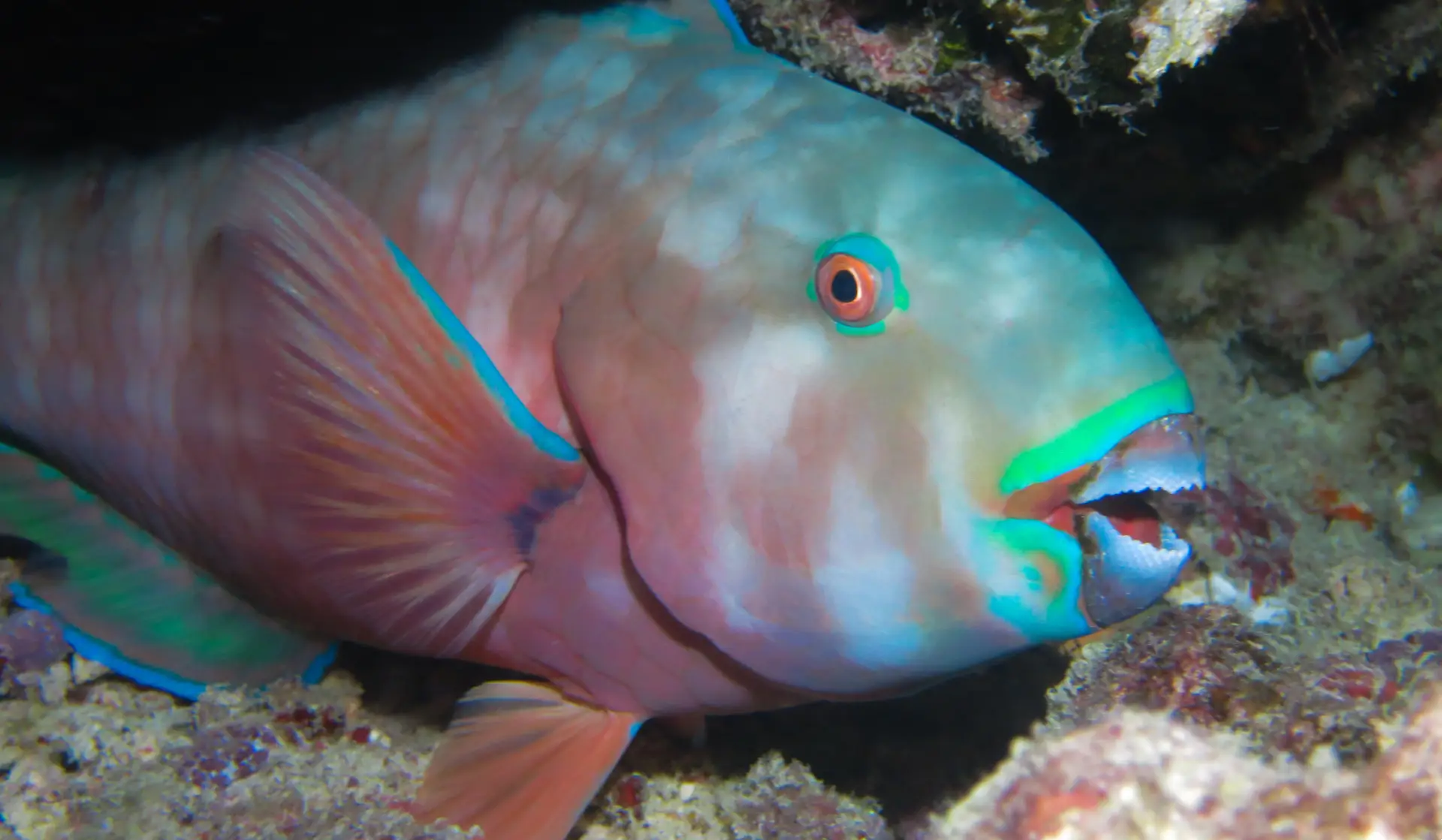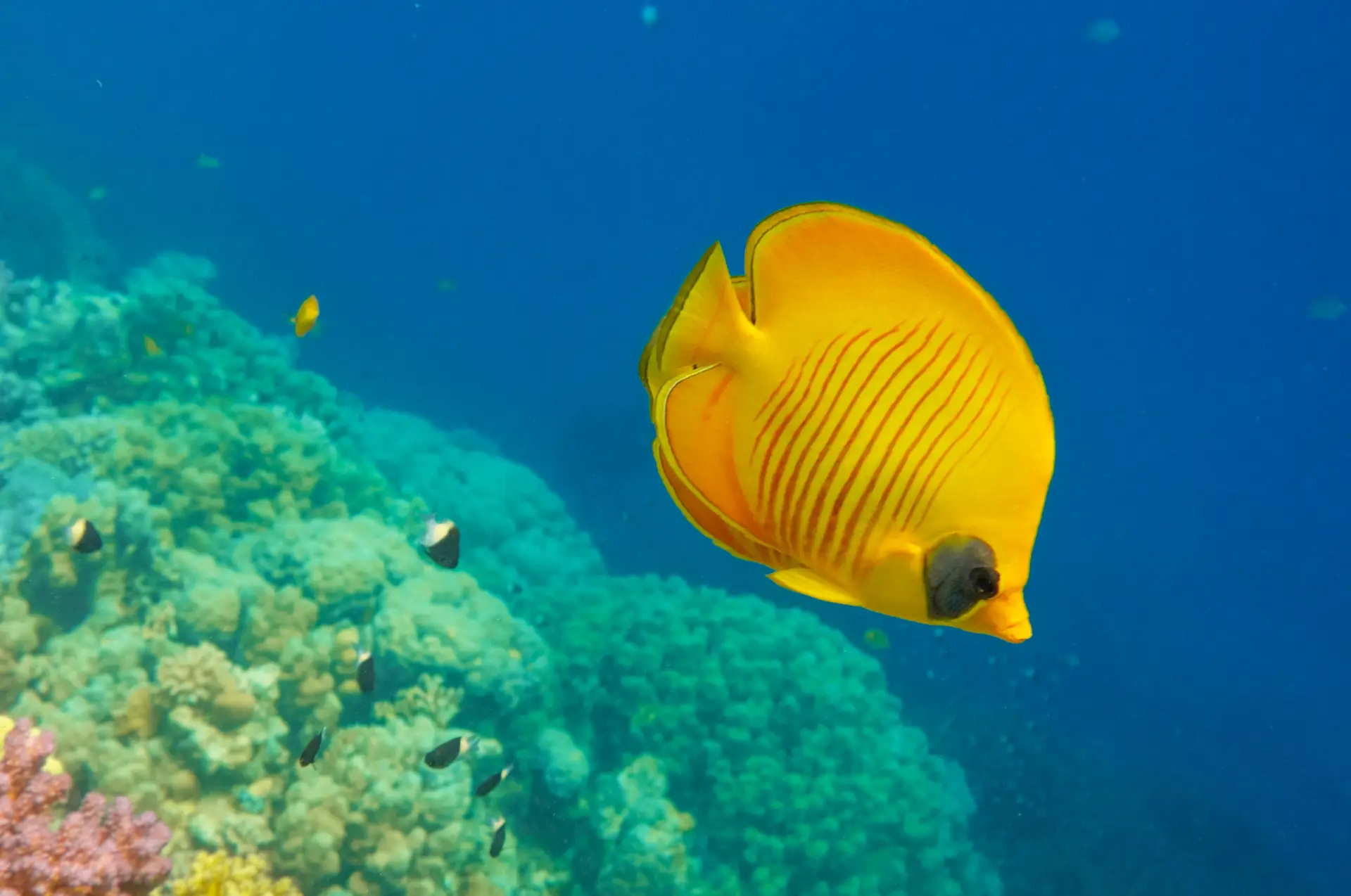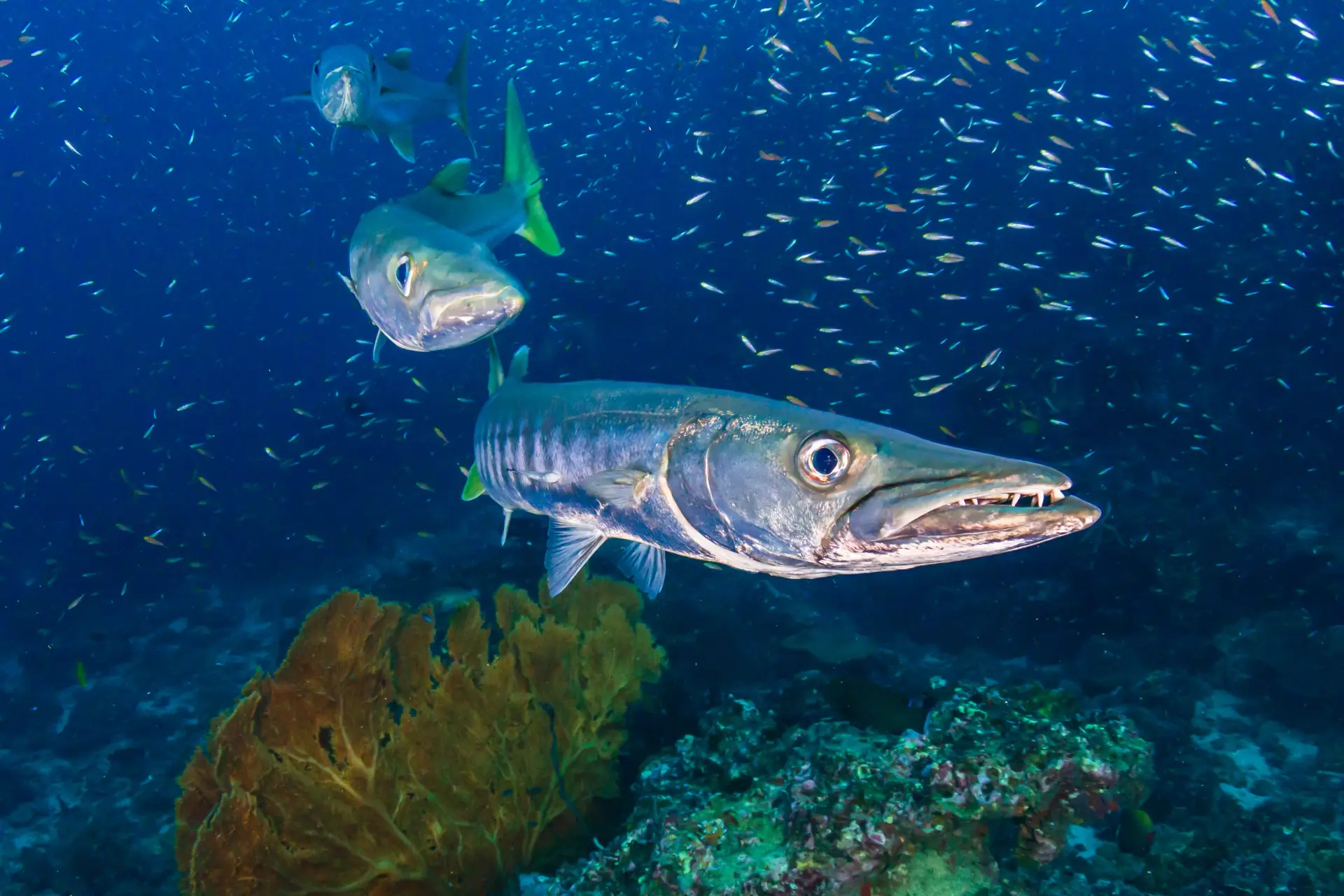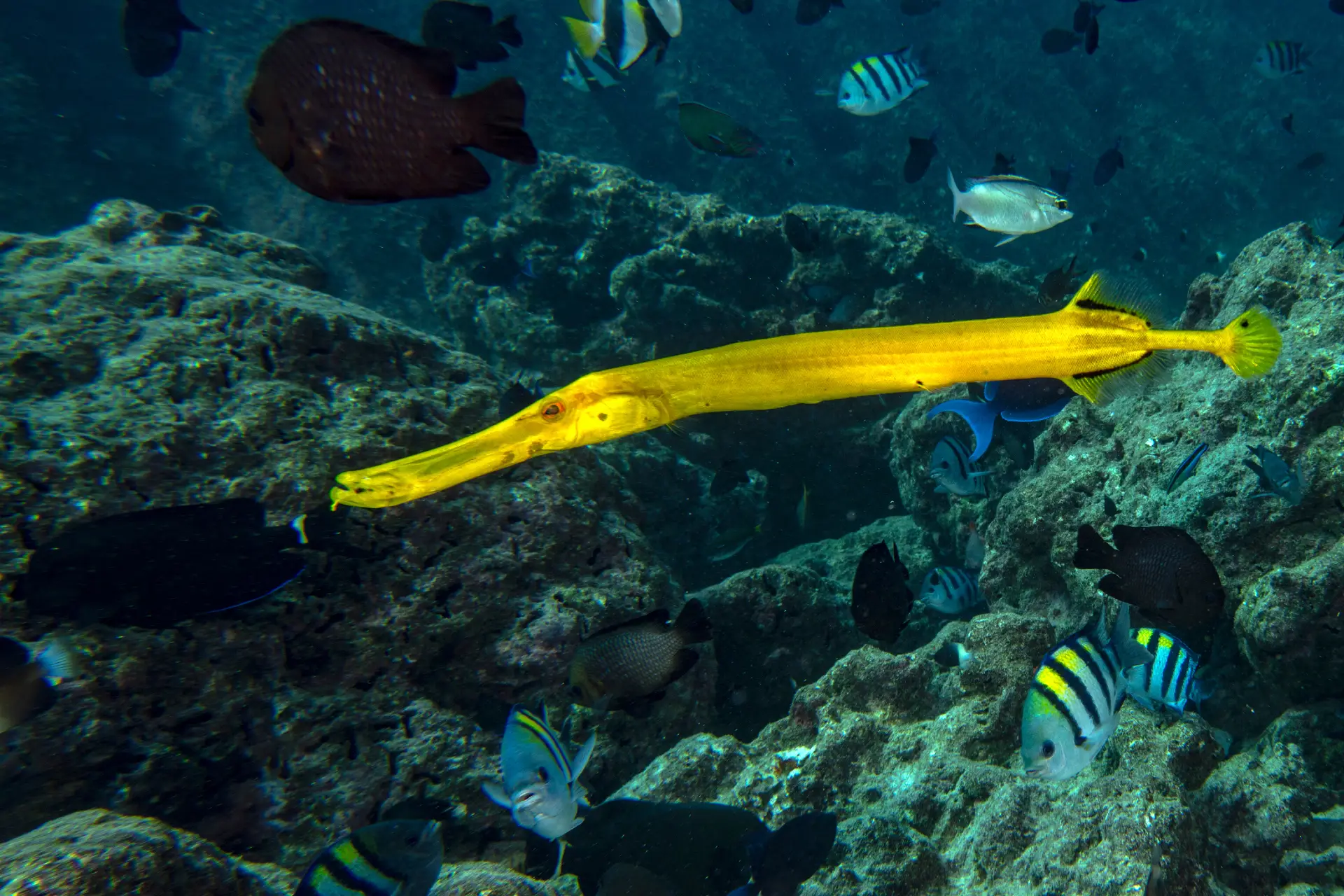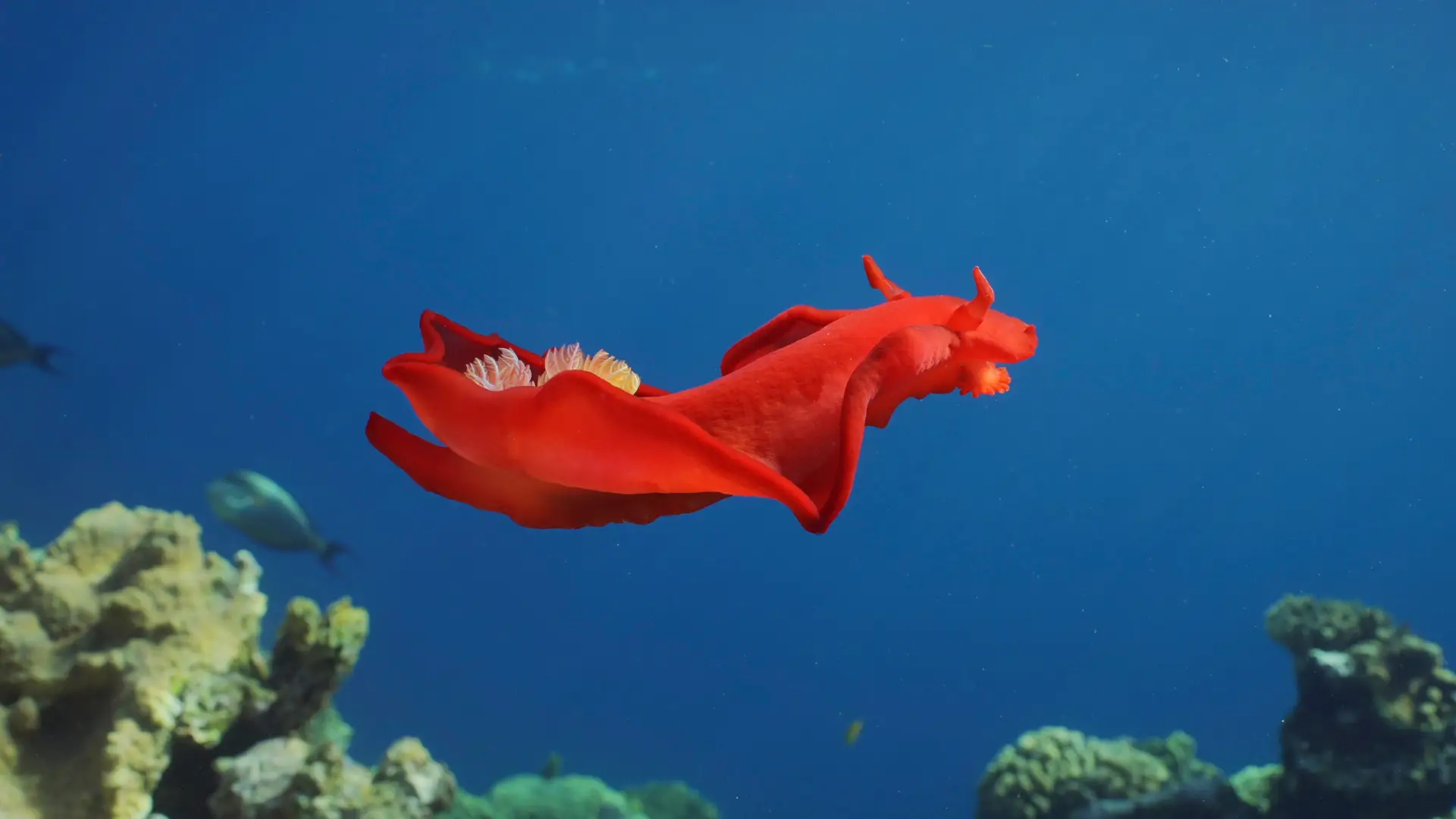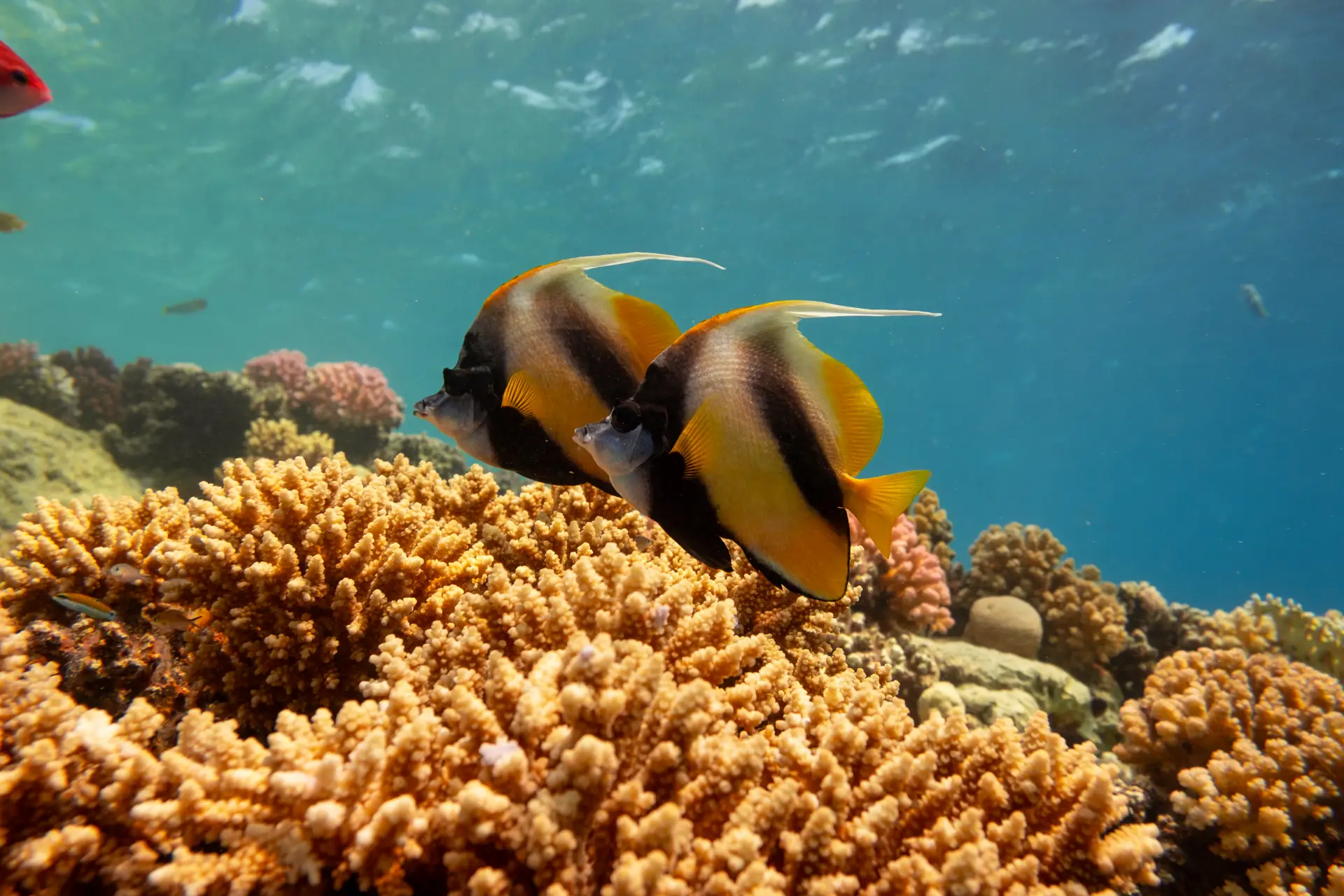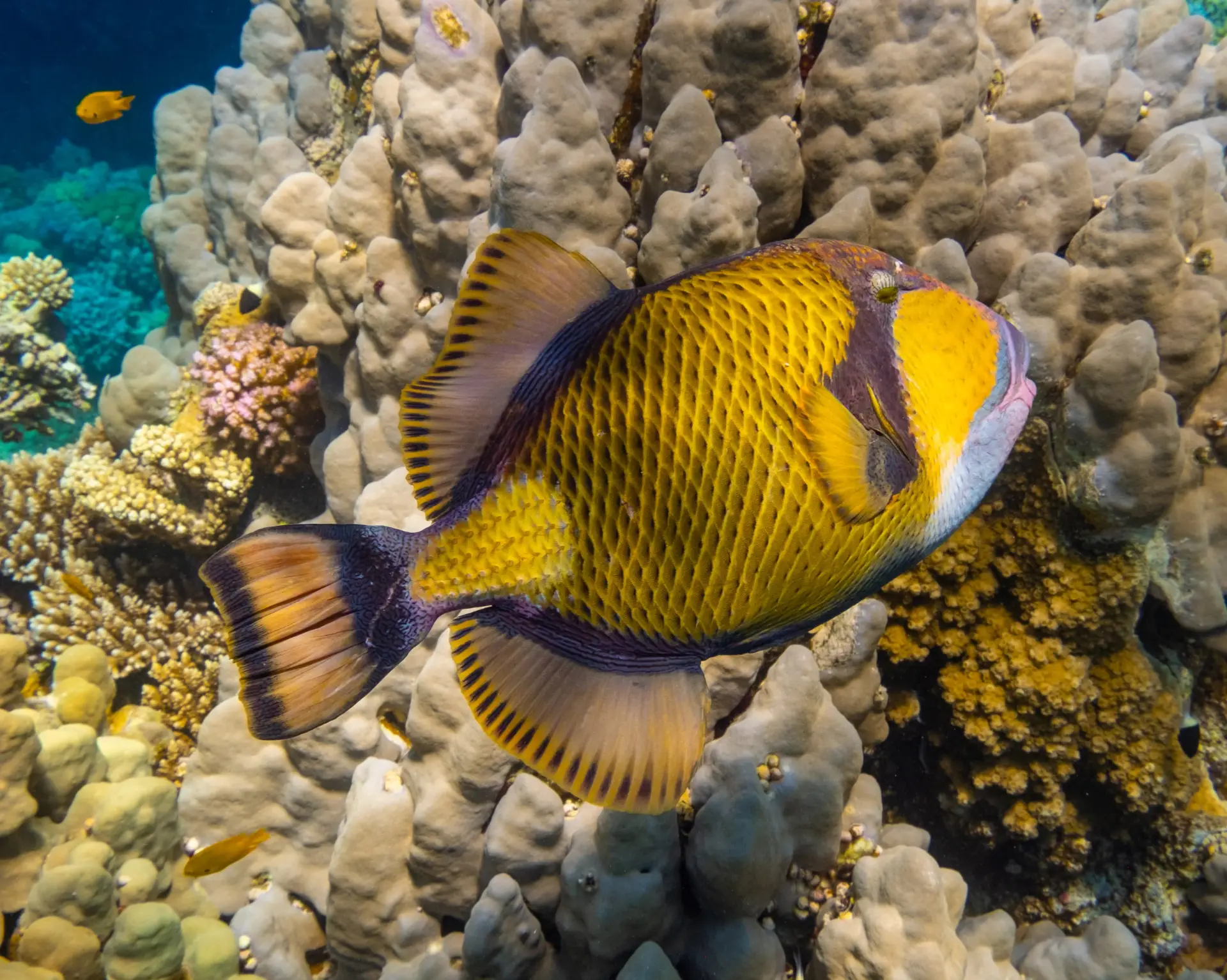Discover the Red Sea’s Finest: Top Marine Animals in Hurghada
The vibrant underwater world of Hurghada is one of the Red Sea’s greatest treasures. With crystal-clear waters, thriving coral reefs, and a rich variety of marine life, it’s no wonder this Egyptian diving destination draws divers from around the globe. Whether you’re a first-time diver or a seasoned underwater explorer, the marine biodiversity here offers something truly special on every dive.
Hurghada’s reefs are home to everything from the charming clownfish and elegant angelfish to the elusive octopus and powerful Napoleon wrasse. Drift dives reveal schooling trevallies and sleek barracuda, while shallow gardens brim with butterflyfish and blue-spotted rays. Even iconic species like sea turtles and dolphins make regular appearances, creating unforgettable moments beneath the surface.
This guide introduces you to some of the most captivating marine animals you’re likely to encounter while diving in Hurghada. Each species plays a unique role in the reef ecosystem and helps shape the magical experience of exploring the Red Sea. So grab your dive gear, descend into the blue, and get ready to meet the stars of Hurghada’s underwater world.

